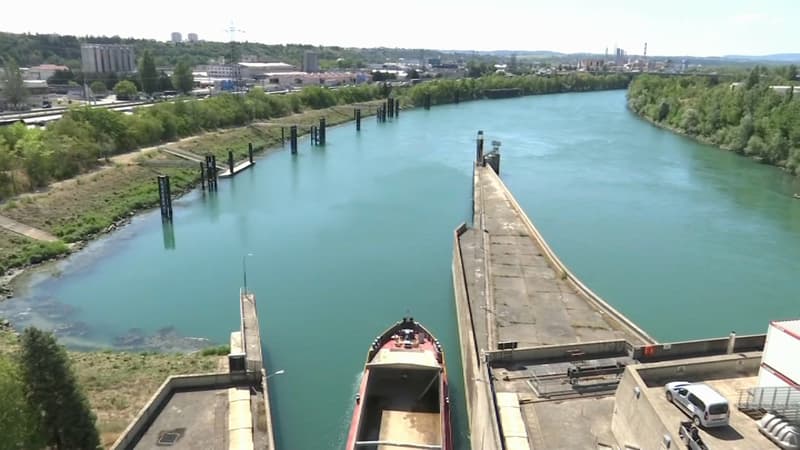Hydroelectric plants contribute 12% of electricity production in France and, although old, the sector still has development potential that would allow it to produce “20% more, mainly with new works,” France Hydro Electricity estimated Thursday. On average, these facilities produce 60 terawatt hours (TWh) per year, that is, the electricity consumption of 27 million French people, recalled the professional union that brings together the operators of 720 structures. These structures can be power plants that move on the course of the water (a torrent, a river, etc.), or dams that store water with plants that move according to demand to produce electricity.
“The development potential is 12 TWh, this represents 20% more, mainly with the development of new works,” said the president of France Hydro Electricity, Xavier Casiot, at a press conference. He did not say the amount of investment that this would represent, variable from one project to another and depending on the river, the power and the environmental limitations.
A hydroelectric development of 5% in five years
By 2028, France plans a hydroelectric development of 5%, that is, 3 to 4 Twh more. A new multiannual energy programming law (PPE) is being prepared. Gaz Electricité de Grenoble (GEG) thus has seven new installations on mountain torrents, whose commissioning is nearing: “the smallest of 2 GW, equivalent to the consumption of 1000 inhabitants and the largest of 12 GW in Peisey-Nancroix in la Tarentaise valley” and that it will start producing “at best by 2025”, according to Nicolas Fléchon, director of renewable energy production at GEG.
The hydroelectric park, a pillar of French electricity production before the development of civil nuclear energy from the 1970s, is “a very valuable tool to guarantee the balance of the network”, recalled Xavier Casiot. Its development “would make it possible to avoid the use of fossil fuels, coal and gas, which France still uses during peak consumption, says France Hydro Electricity.
Lack of pumped power transfer stations
France, however, lacks Step plants or “pumped power transfer stations.” These plants, currently six in number, are capable of pumping water from a lower basin to an upper basin. If they use excess solar or wind power to pump that water, that amounts to “storing” that excess energy. It is a solution seen to support the development of solar and wind energy and to overcome the phenomenon of the intermittency of these renewable energies.
“We have possibilities that go beyond the needs” in terms of Steps, Xavier Casiot stressed, while consulting public administrations that the construction of Steps benefits from aid.
Source: BFM TV


